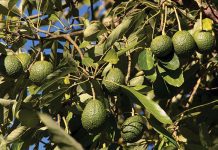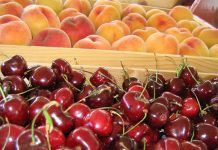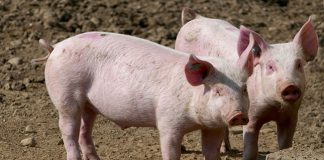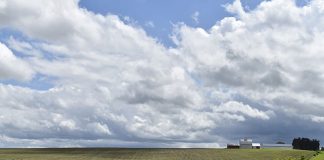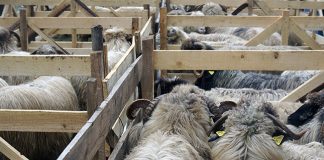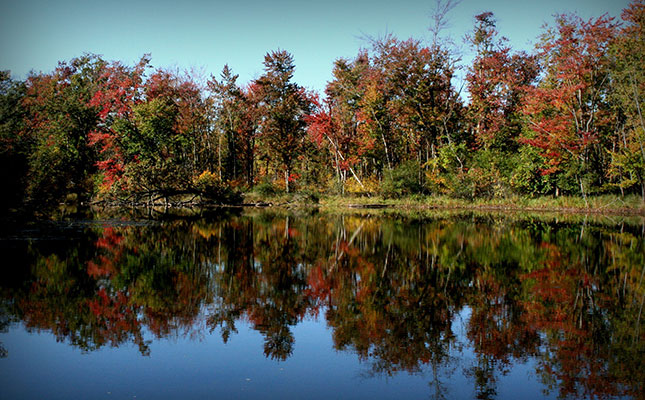
The beetle feeds on hardwood trees, such as maple, birch, poplar and willow, and could destroy the entire population of sugar maples on the continent.
Canada, the world’s largest producer of maple syrup, produces maple syrup worth around R5 billion every year, while its US counterpart produces maple syrup worth about R1,67 billion each year.
The industry also brings in hundreds of billions of rand more in maple tree autumn colours tourism.
Maple syrup producer, Ron Kistler, who farms just outside of Ludington in north-west Michigan, said that the beetle was a greater threat to his trees than climate change.
“It could eventually destroy the maple wood lots,” he told Farmers Weekly.
“If the beetle progresses through maple trees the way the American Dutch elm disease, spread by elm bark beetles, went through elm and ash trees, it may be the end of the maple industry.”
In an effort to prevent the spread of the beetle, 797km2 of maple tree plantations has been quarantined in the states of New York, Massachusetts and Ohio.
In Ontario, Canada, R315 million had been spent on eradication; however, the beetles reappeared four months later. The US had already eradicated six infestations.
The Centre for Invasive Species Research said in a report that the beetle had been intercepted at warehouses and ports throughout the US, and was likely to continue its continental spread.
“In Massachusetts, when they found the beetle in a guy’s sugar bush, they cut down all his trees and anything within four or five miles [6,4km to 8 km],” Kistler said. “That’s basically their only defence; it could be a disaster.”
Systemic pesticides used on other trees would also not be effective in the battle against the Asian long-horned beetle.
“If you use a systemic insecticide, you can’t harvest the sap,” Kistler explained. “We are trying to make food out of the sap. I don’t know if you could convince consumers it would ever be safe to eat.”
Alternative methods of maple syrup production were being researched.





